
- •Ancient Indian and Chinese philosophy
- •In the West, the term
- •One must take into account that this term ignores that these countries do
- •Ancient eastern philosophy developed mainly in India and China. The Indian or Hindu
- •Ancient Indian
- •Ancient Indian civilization has some special features. These are:
- •*Intellectual and religious passivity of people.
- •Civilization of ancient India was formed in the synthesis of local
- •The development of ancient Indian philosophy consists of two periods: the Vedic and
- •Rig-Veda
- •The word «veda» means «knowledge» and comes from the root «vid-», (Sanskrit «know»),
- •Rig-Veda contains an extreme pluralism: the gods, people, animals, plants, elements, seasons, countries,
- •At the heart of cosmos there is an eternal substance – Brahman. It
- •The world and its phenomena are considered as the improvement of the primary
- •Head corresponds to the caste of Brahmins
- •Feet – Vaisya caste (merchants, artisans).
- •Universal law, which operates in the past, present and future called karma.
- •If a person adheres to a strict asceticism, his samsara ceases
- •According to a traditional principle of classification, the schools or systems of Indian
- •These are regarded as orthodox, not because they believe in god, but because
- •To the first group belong the six chief philosophical systems (popularly known as
- ••Mimamsa (Prabhakara), the tradition of Vedic exegesis (толкование) of sacrifice
- ••Samkhya (Kapila), the school of enumeration or “reasonable deliberation”
- ••Yoga (Patanjali), practice of contemplation, theoretical basis is the Samkhya, but it acknowledged
- ••Vaisesika (Kanada), the atomistic school, looking for identify the differences among all that
- •During next classical period, there appears an interest in ethical issues. Agnostics, materialists
- •Buddhism (Pali , Buddha Dhamma, “Teaching of Awakening (Пробужденный)”) is a religious-philosophical doctrine
- •At the core of Buddhism is the doctrine of the Four high- minded
- •In Buddhism it’s proposed median (срединный), or the Eightfold Path (Восьмеричный Путь) of
- •Eightfold Path
- •5. Saintliness
- •Jainism preaches non- violence to all living beings in this world. Philosophy and
- •Lokayata (also Charvaq, Skt. ) is a materialist doctrine of ancient India.
- •Ancient Chinese
- •The main features of ancient Chinese philosophy are:
- •Considering all things as a unity of opposites (Yang
- •In Chinese mythology, it is allocated the highest principle, which rules the world,
- •During this period, freely and creatively there were six major philosophical schools.
- •1)School of Confucians;
- •Confucianism focuses on the ethical rules, social norms and regulation control.
- •Confucianism can be considered as the oldest school of philosophy in China.
- •Ethics of
- •The social order (Li) Confucius had established through the ideal of universality, respect
- •Another important feature of
- •Moists school was named after the founder Moe Dee (479-391 BC). The main
- •The whole meaning was to the ideas of universal love (Jiang ai) and
- •School of Names examined the relations of things and expression of that relationship,
- •Legism (Bu Hei Shen, Han Feng-tzu) is formed almost as a teaching that
- •One of the major directions in China, along with Confucianism, was Taoism. Taoism
- •The world is in constant motion and change, evolving, living and acting on
- •Lao Tzu (old teacher) is a senior contemporary of Confucius.

Ancient Indian and Chinese philosophy

In the West, the term
Eastern (Oriental) philosophy refers very broadly to the various philosophies of “the East”, namely Asia, including China, India, Japan, Persia and other areas.
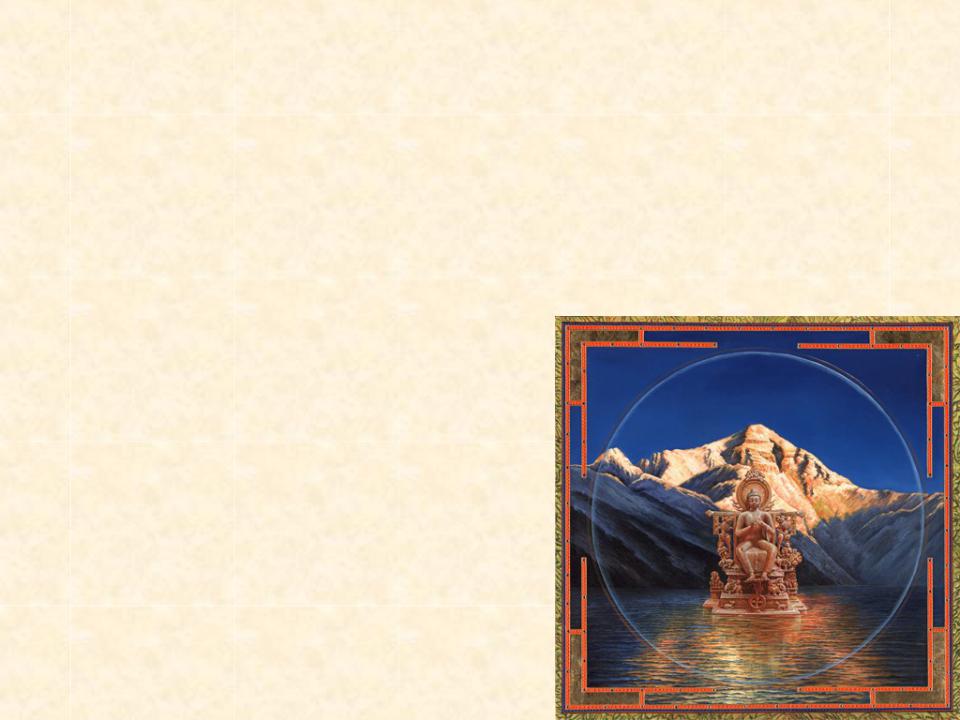
One must take into account that this term ignores that these countries do not belong to a single culture.

Ancient eastern philosophy developed mainly in India and China. The Indian or Hindu schools of philosophy can be considered the oldest schools of philosophy.

Ancient Indian
philosophy
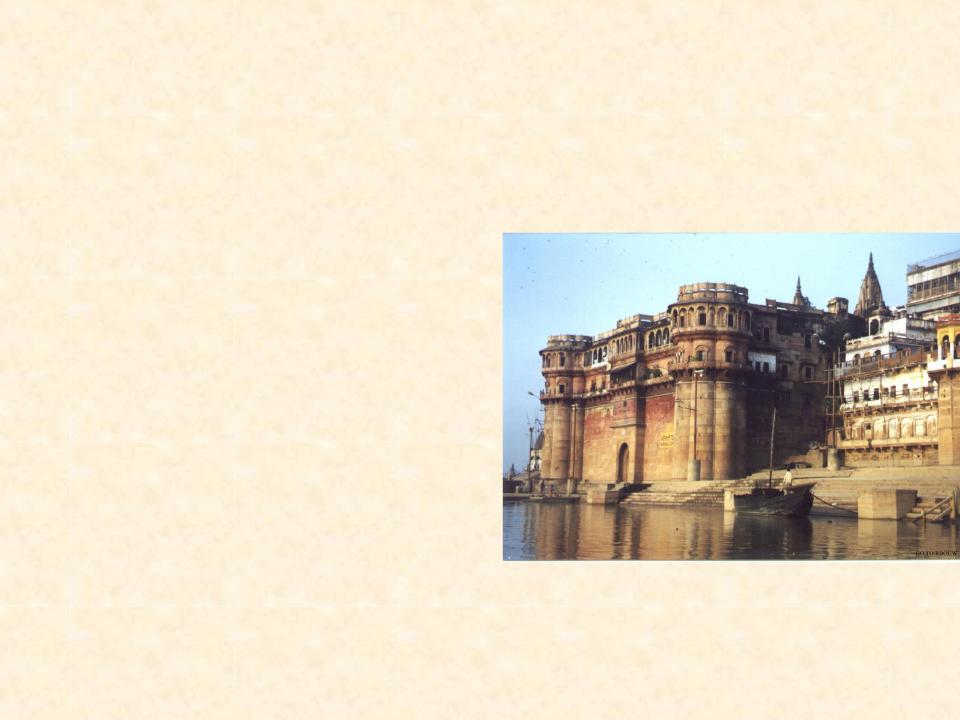
Ancient Indian civilization has some special features. These are:
* Rigid (жесткий) caste social structure.
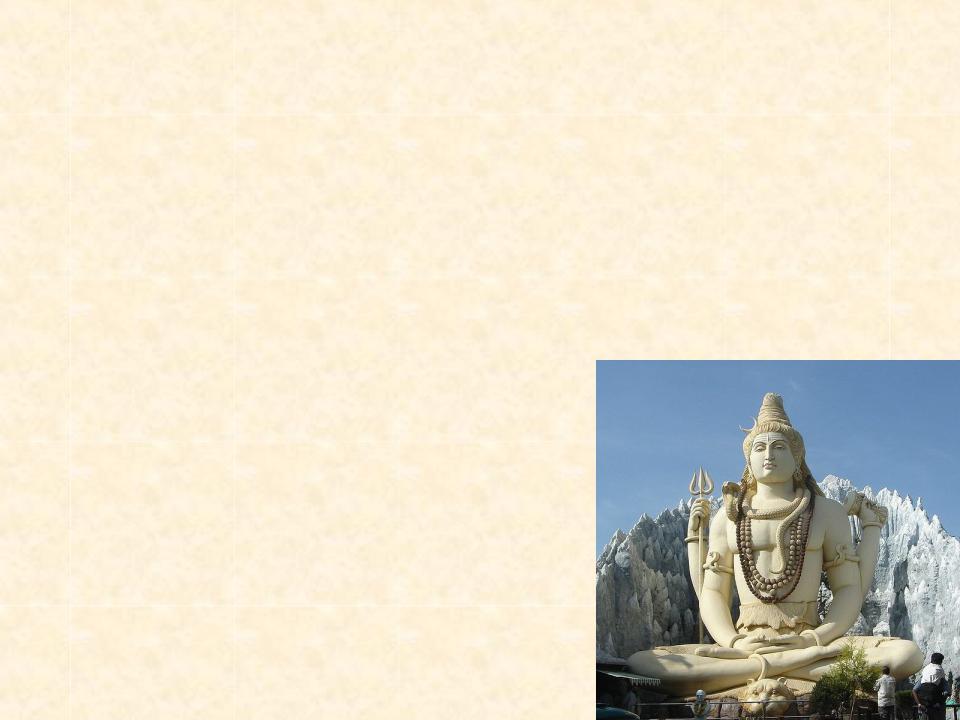
*Intellectual and religious passivity of people.
*The priority of the irrational over the rational.

Civilization of ancient India was formed in the synthesis of local
cultures and alien people from the North – Aryans
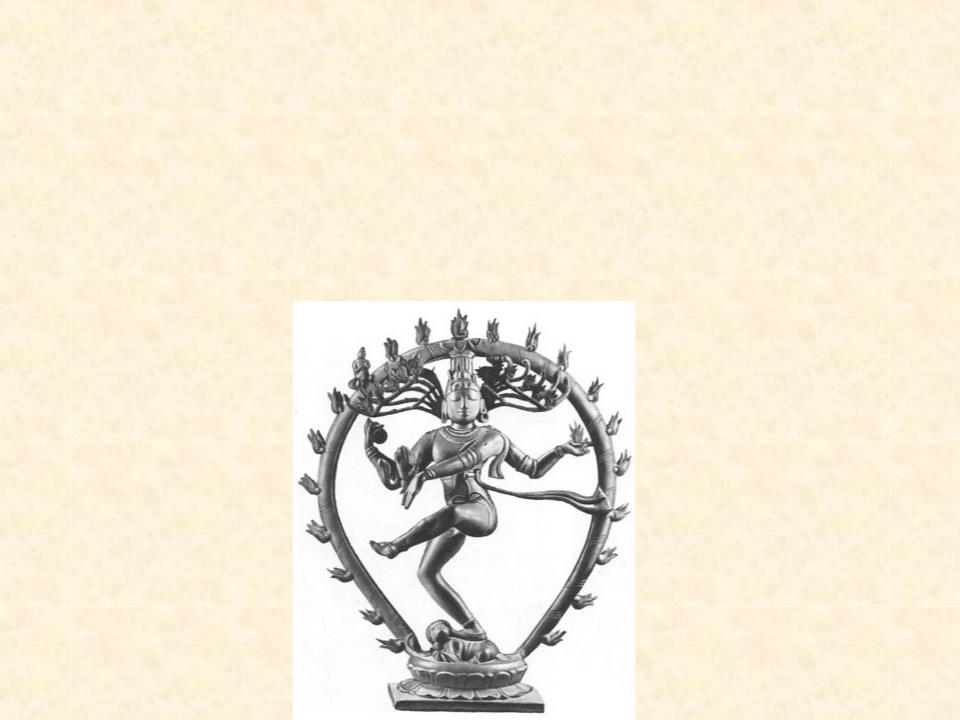
The development of ancient Indian philosophy consists of two periods: the Vedic and Classical.
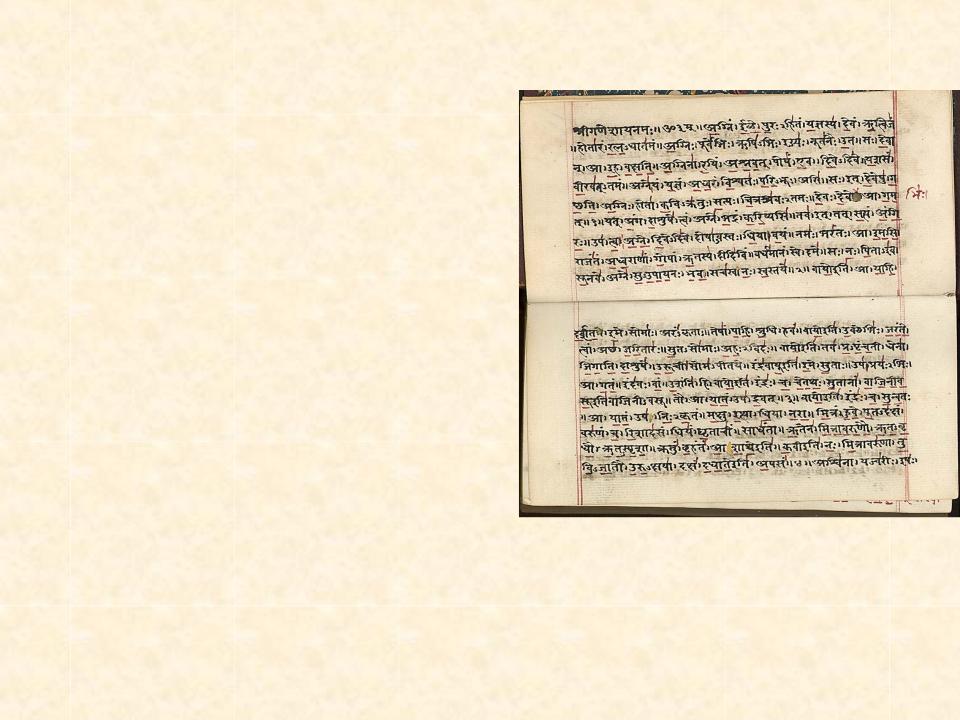
Rig-Veda
(Sanskrit , «Veda hymns») is a collection of religious hymns, the first known monument of Indian literature.
